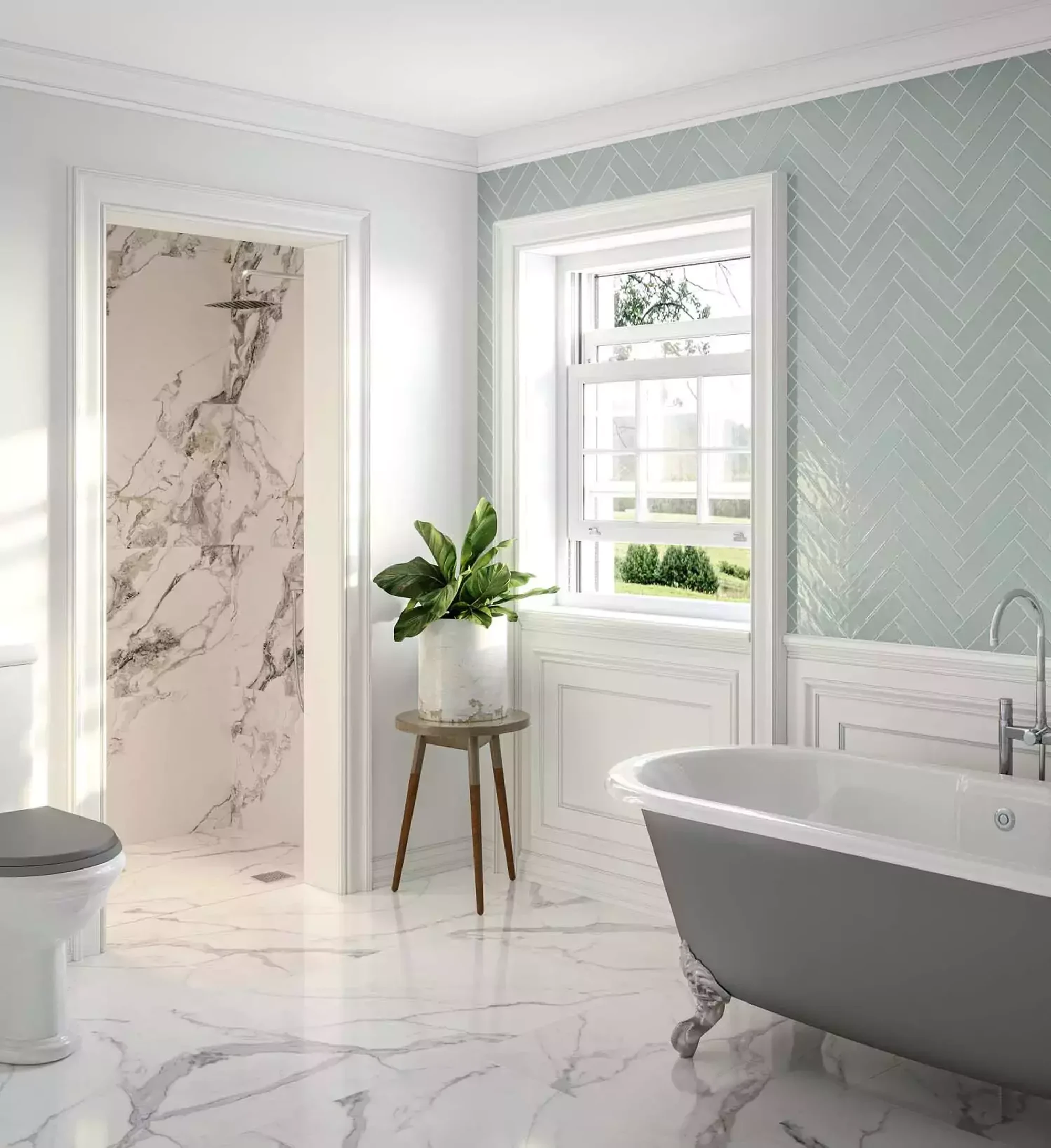RELATED ARTICLES
UPVC v Aluminium: Which joinery is best for kiwi homes?
23-10-2023
UPVC windows and doors are a popular joinery option in North American and European homes. In New Zealand, many people don’t know much about uPVC or have misconceptions about this type of joinery. Here’s the truth about installing uPVC doors and windows in your home.
Myth: uPVC doors and windows require regular maintenance.
Reality: uPVC frames are one of the most low-maintenance option available today. They don't need varnishing or repainting like wooden frames and won’t rust or corrode if they’re not washed, like aluminium frames. In fact, uPVC frames can remain in good condition for years, even without regular maintenance. They can be easily cleaned with dishwashing liquid and a little warm water.
Myth: uPVC doors and windows are expensive compared to wooden and aluminium
Reality: While uPVC may seem like the pricier option, it also has a longer lifespan, making it cost-effective in the long run. Plus, UPVC windows and doors prevent thermal transfer, keeping your home warmer. This means you can spend less money on heating your home and will lose less heat to your windows and doors.
Myth: uPVC doors and windows fade or discolour quickly
Reality: uPVC products are designed to withstand harsh weather conditions and can last 30-40 years without fading or turning yellow. They are a perfect option for the harsh conditions of a New Zealand climate. They won’t fade even after decades in the sun, and they never have to be repainted or refurbished.
Myth: uPVC is not environmentally friendly.
Reality: uPVC can be recycled multiple times, extending its usability, and old products can be recycled into new doors and windows. In fact, uPVC is one of the most sustainable joinery options on the market. A single frame has a lifespan of up to thirty years and can be recycled around 12 times.
Myth: uPVC is not fire-safe and is flammable
Reality: Studies have shown that uPVC is a fire-retardant material. Unlike timber which burns easily, uPVC provides an extra layer of safety in your home. uPVC actually acts as a fire retardant and is not readily susceptible to fire.
Myth: uPVC doors and windows are not aesthetically appealing.
Reality: Many people have the false belief that uPVC will ruin the look of their home. However, uPVC comes in a wide range of colours, styles, and finishes making it easy to match your windows and doors to the style of your home. They also come in a range of frames, giving you more options for ventilating your home without compromising security.
Myth: White uPVC windows and doors turn yellow over time.
Reality: uPVC is designed to withstand extreme weather conditions, so it does not turn yellow and maintains its new look for years. The technology has come a long way since its inception. White frames will stay white for decades to come and require minimal upkeep to keep them clean.
Myth: uPVC doors and windows require the entire frame to be replaced for minor repairs
Reality: uPVC windows are low-maintenance and easily repairable. Most components like opening sashes, glass, gaskets, and hardware can be fixed without replacing the outer frame. They are also well built and not easily broken. This means in the event of a storm or a break-in, a uPVC window or door is more likely to stand up to damage than a timber or aluminium frame.
Myth: UV rays degrade uPVC and emit toxic gases
Reality: Most uPVC doors and windows are formulated to withstand UV radiation and do not emit toxic gases during their lifespan, making them safe to use. They can last for decades without needing to be replaced, making them a fantastic option for homeowners wanting to invest in a greener joinery option.
Myth: uPVC is not sturdy
Reality: uPVC is manufactured to be durable and can withstand extreme weather conditions, lasting for 30 years or more. The frames are reinforced with steel which is virtually unbreakable. They provide additional protection against storms and bad weather.
Myth: uPVC causes condensation in homes
Reality: Condensation is caused by poor air circulation, uPVC reduces condensation dramatically. uPVC doors and windows are designed to provide insulation, so it's important to allow some airflow to prevent condensation. UPVC stops heat transfer and reduces condensation down to zero.



